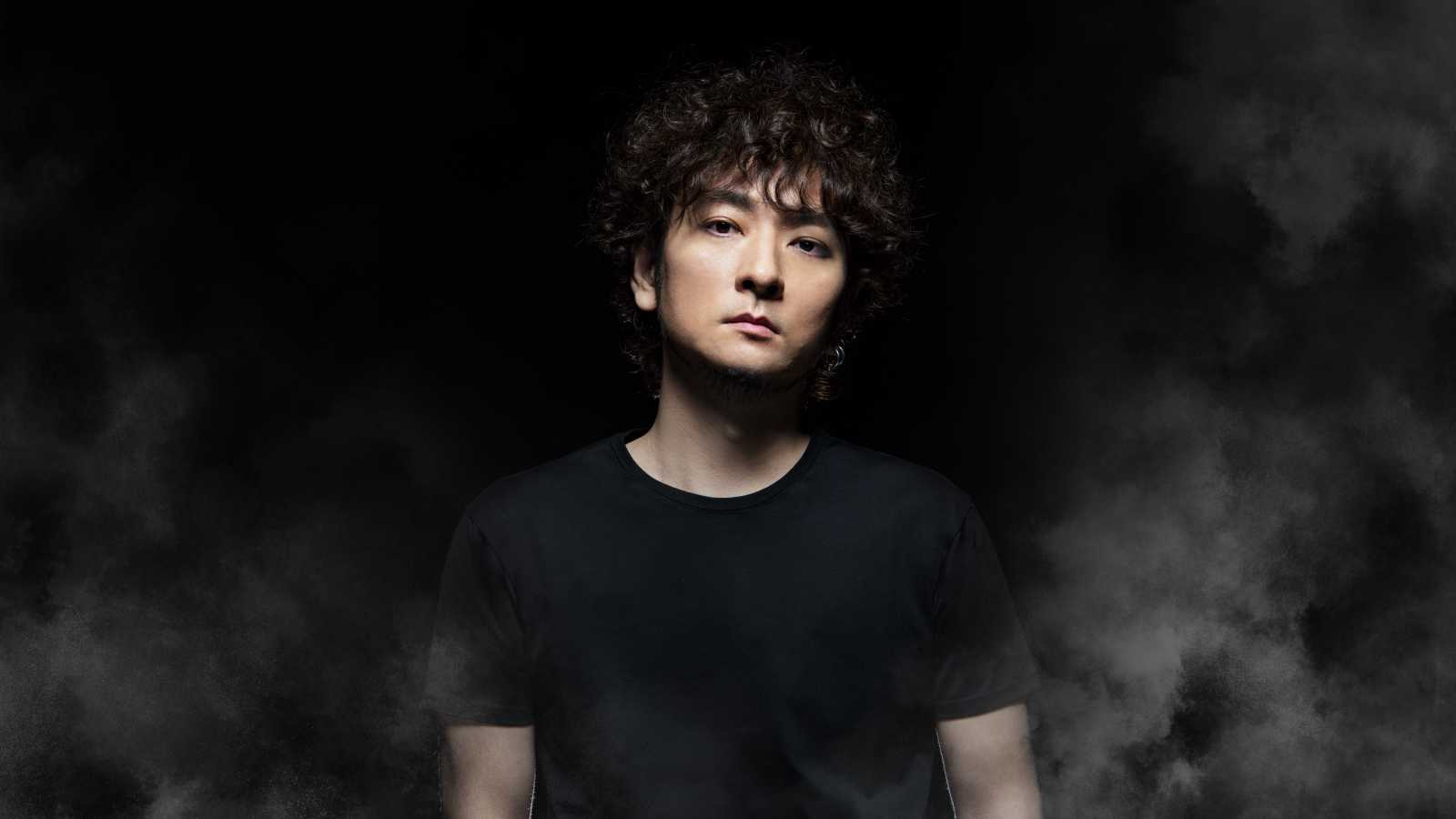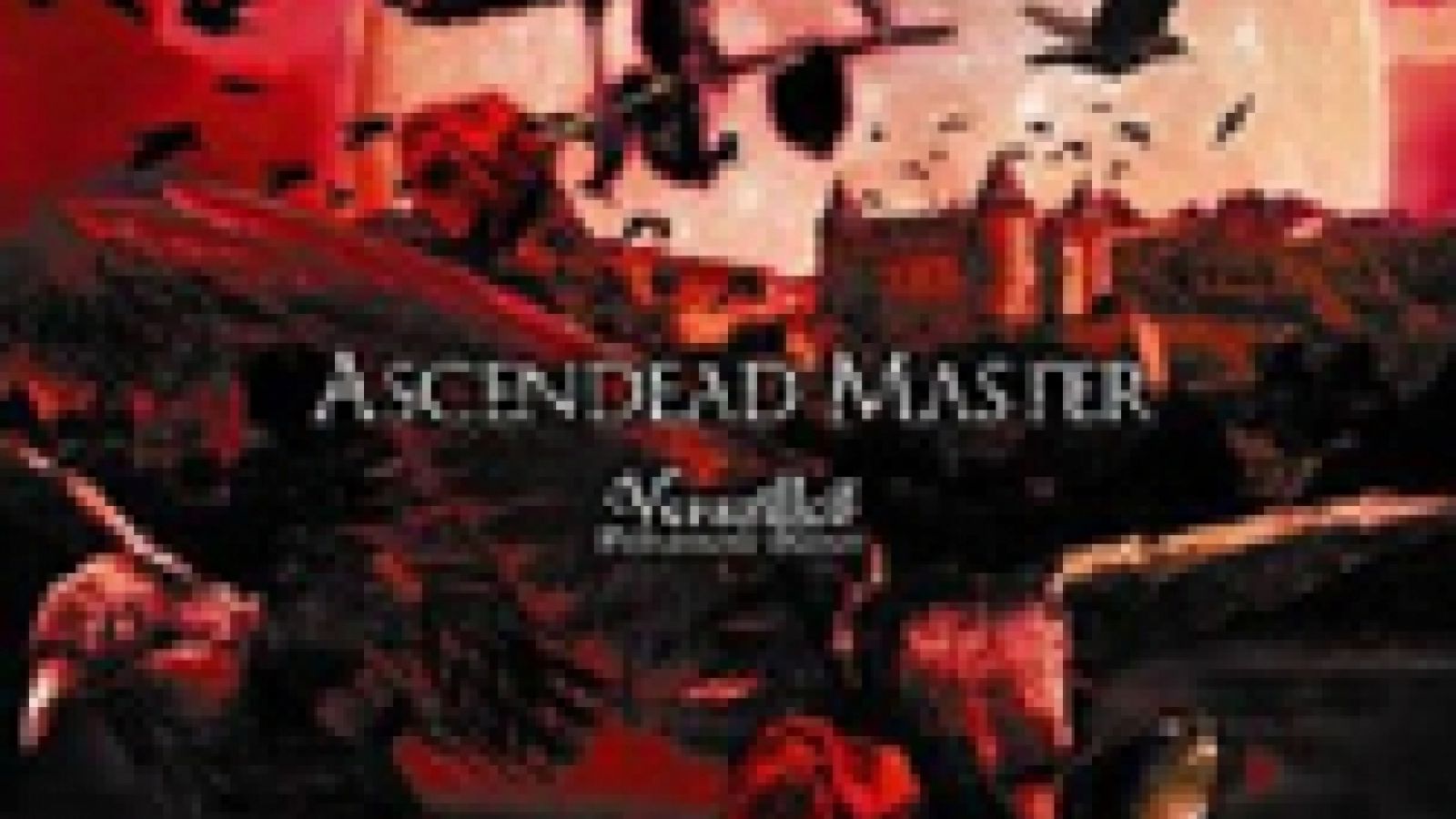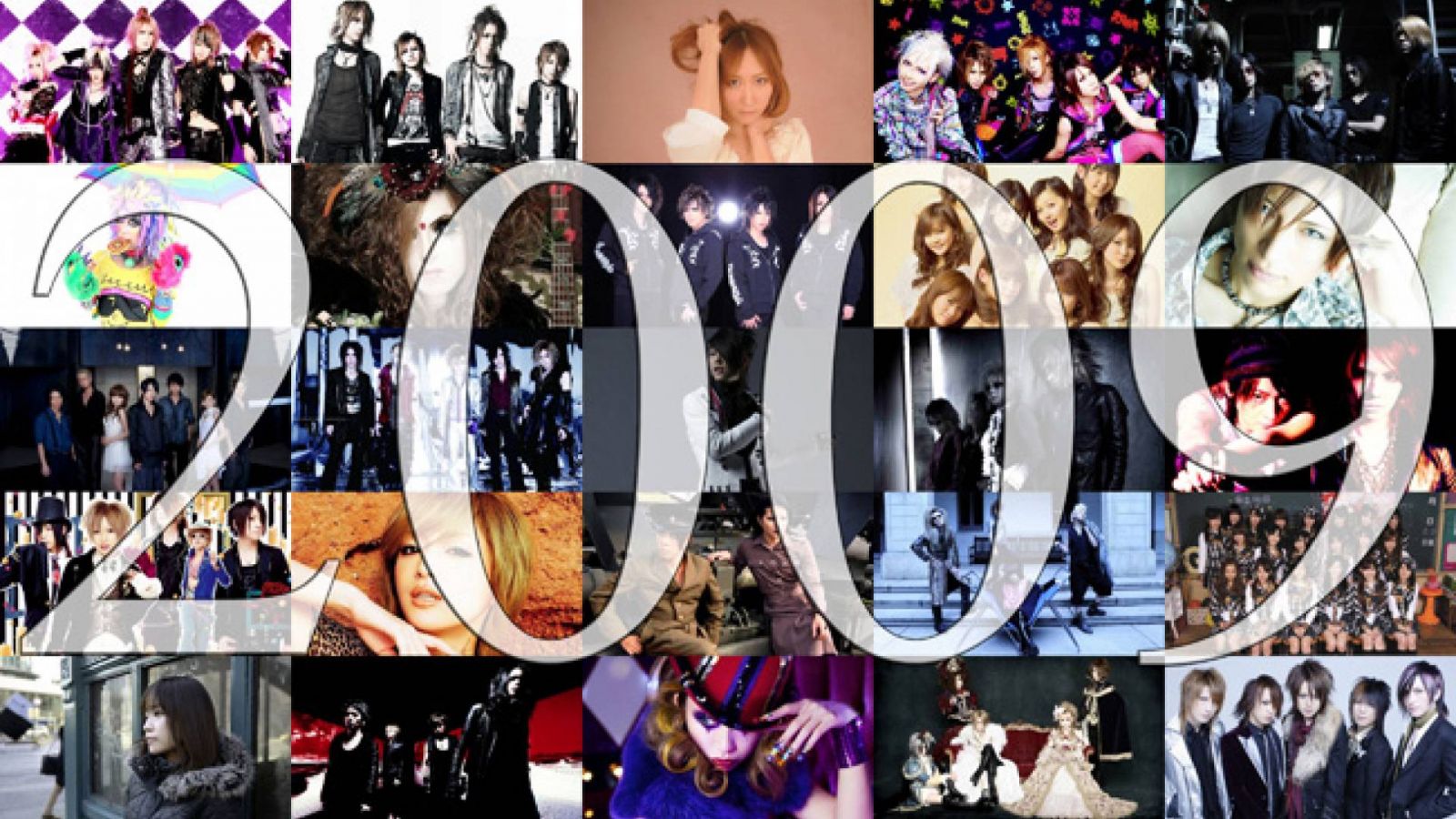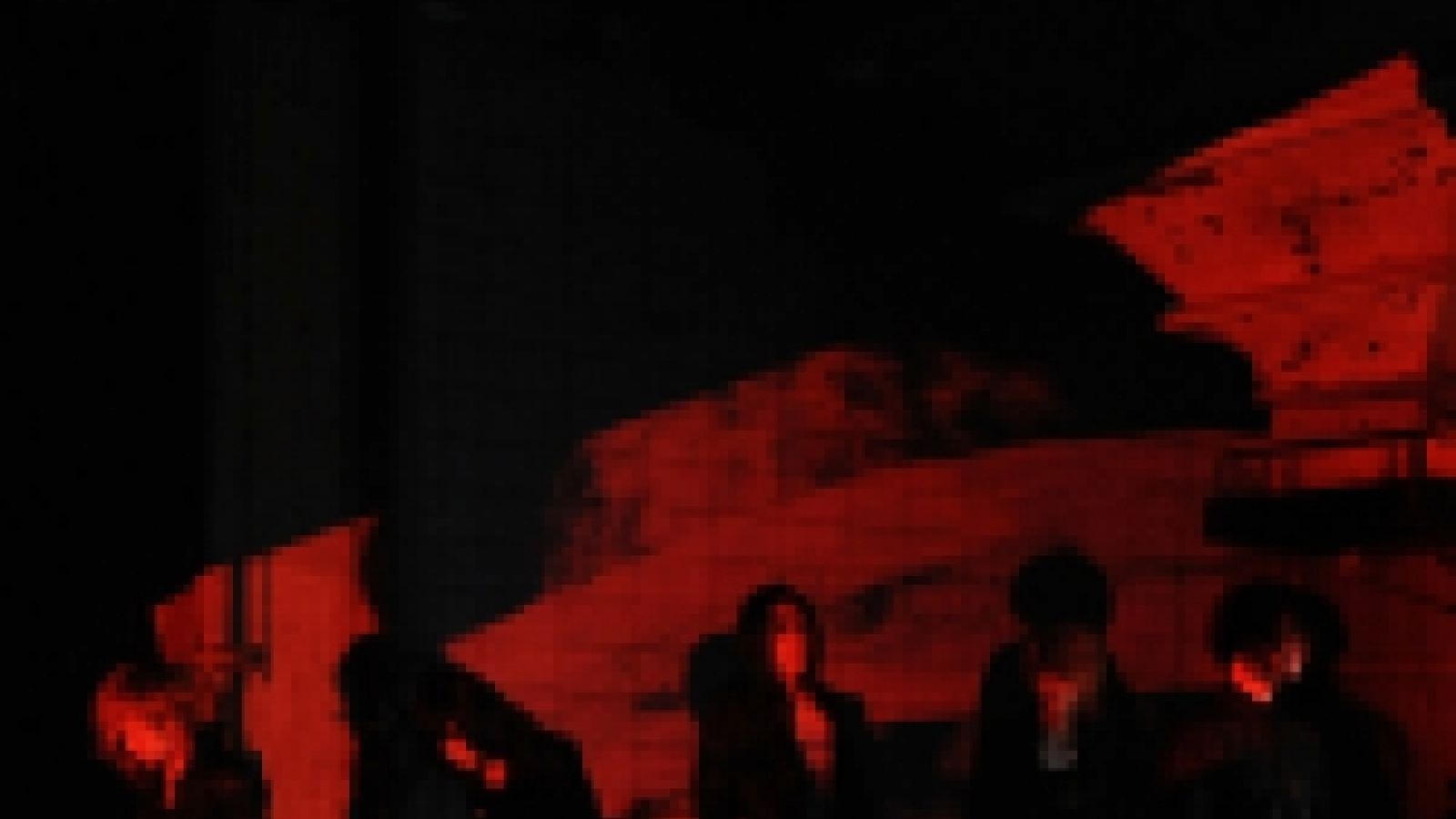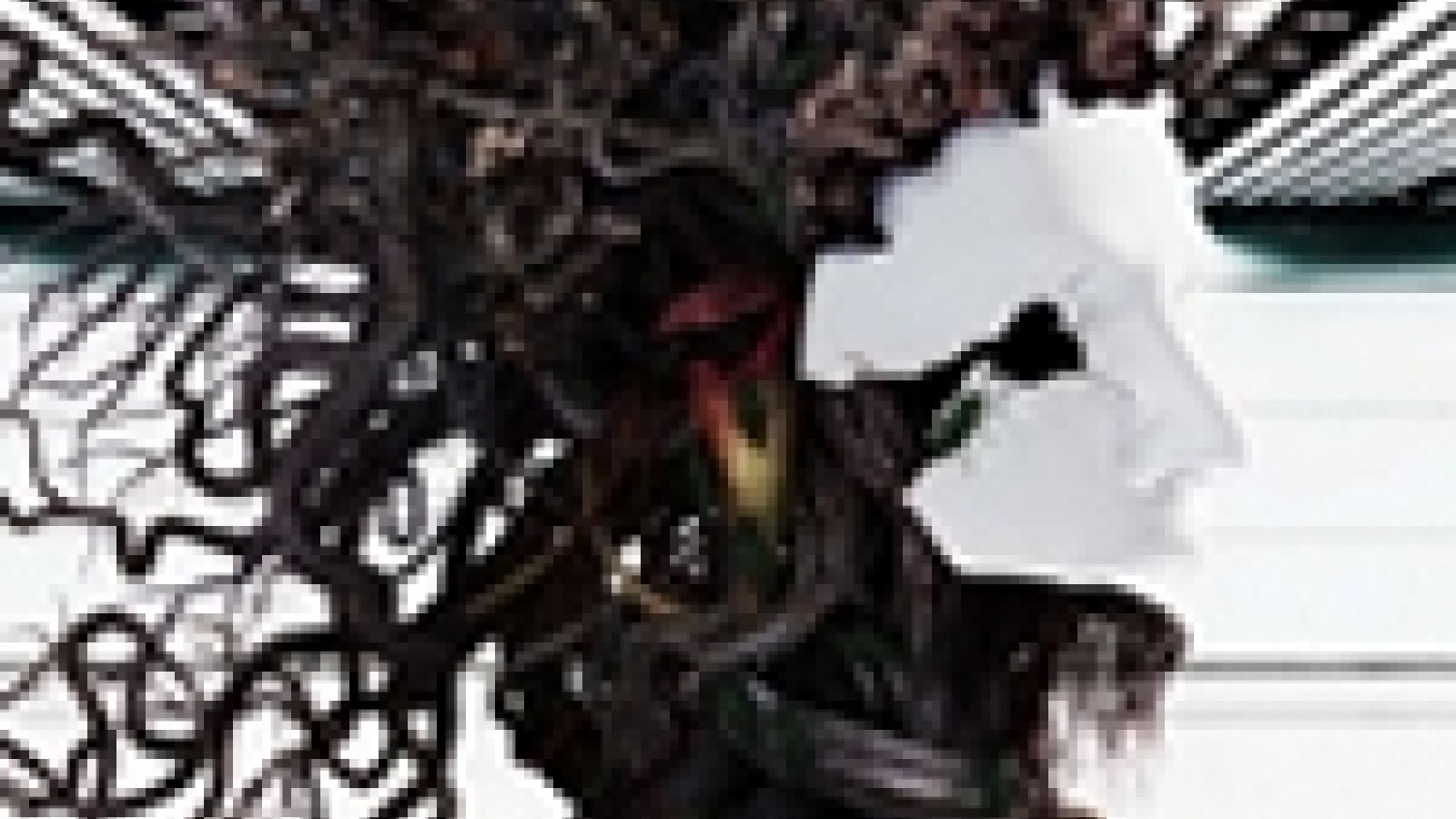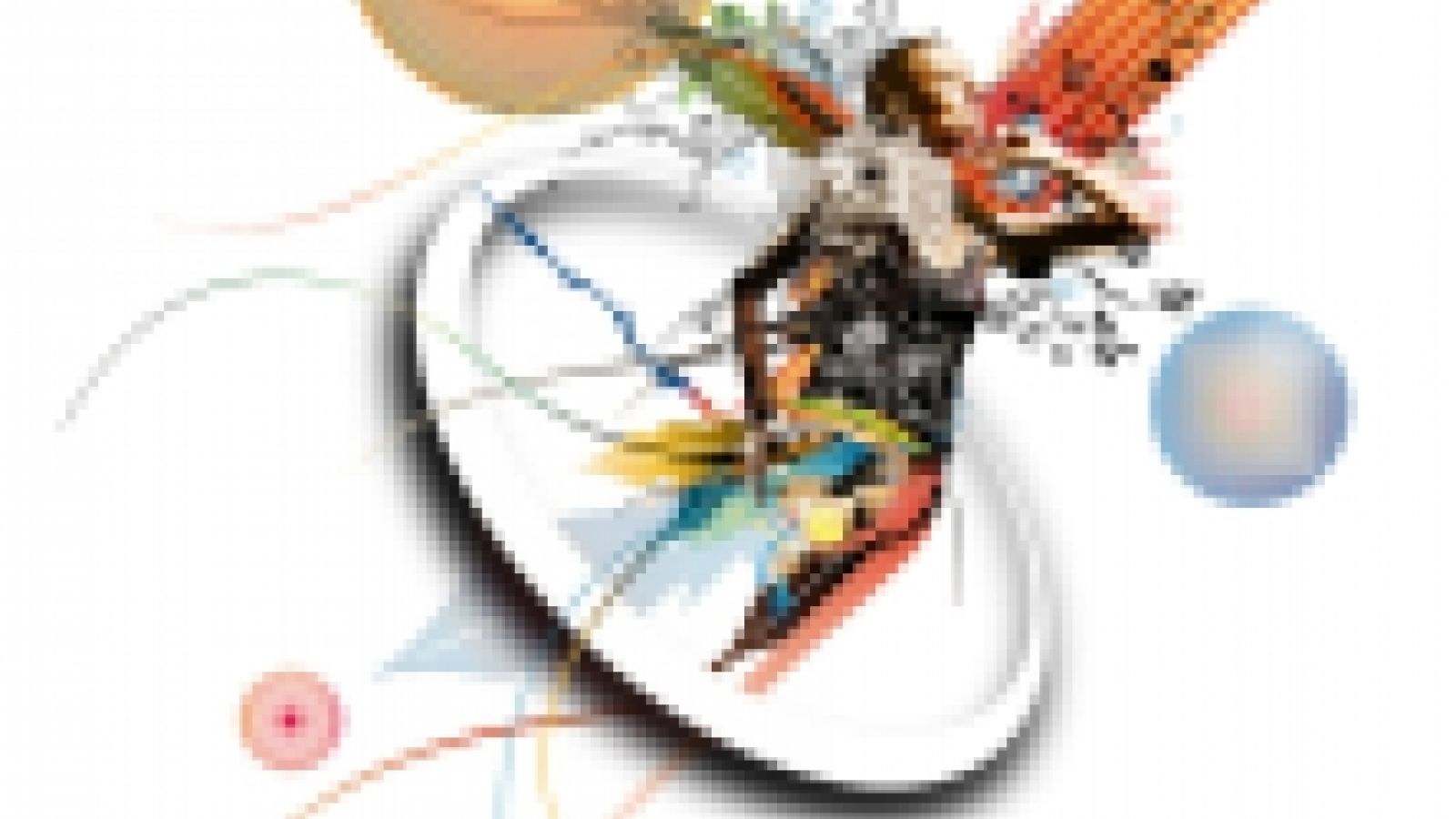MUCC’s album Kyuutai encompasses the pure spirit of revelry in rock.
This spring, MUCC played at the coveted Nippon Budokan for the second time, introducing their songs off their new album Kyuutai to a crowd of both longtime fans and curious newcomers alike. Now twelve years old, MUCC has taken their place among the few bands whose popularity continues to grow after the ten year mark. While they were unable to sell out their first Budokan live in 2006, this time all tickets sold quickly, a testament to their growing popularity. To a greater extent than their previous album Shion, Kyuutai is an indicator of MUCC’s ability to not only branch out and be creative on a technical level, but to also produce easily digestible, catchy songs that are immediately enjoyable.
The album starts with Kyuutai Instrumental, which features ethnic hand drumming and listless guitar lines. Following is the intense, fast-paced Houkou, evoking the dark severity of MUCC’s earlier works. On the heels of Tatsuro’s hellish death vocals comes a contrastingly beautiful chorus united with the rest of the song by its continued driven pace and racing energy. Miya shows off impressive speed play in a terrific guitar solo, and Satochi’s drums pick up intensity towards the song’s conclusion. Following is Ageha, a hard rock song with a varying pace that was released last year as a single. Evident in Ageha is a revelry in loudness and a playful destructive energy. However in contrast to Houkou, the pace in the chorus slows significantly, breaking up the unity of the song.
Following is Hide and Seek, which Tatsuro describes as a song for live houses as opposed to the huge Budokan hall. As a result, this song did not make an appearance at Budokan, but it is without a doubt one of the most enjoyable tracks on the album. Opening with a digital feel produced by synths, the song evolves into an invigorating epic piece with its dramatic and powerful chorus. The ending becomes a conflict between the techno element represented by the flickering synths and the rock camp described by the hard, edgy guitar. The slower paced, piercing Kagerou follows, featuring YUKKE’s mellow bass prominently throughout. Tatsuro’s vocals are anguished, rough and haunting. The song’s atmosphere is hypnotic, searing and powerful, a testament to MUCC’s ability to draw the listener into beautifully heart-wrenching experiences.
The next two tracks comprise perhaps the most delightful section of the album. Lemming conveys the youthful energy of today’s new visual kei bands. Its particularly fast pace and driving aggression are somewhat rare for MUCC, contrasting with the band’s typically slow to mid-paced compositions. The charm in this track is the operatic melody lines in the refrain that are layered over Satochi’s relentless pace and Miya’s sprinting guitar. The succeeding Oz will be a huge success to fans of FUZZ. Its similar disco-flavor beat chorus and pounding rhythm refuses to let the listener stay still. With its playful synths, combating hard rock guitar, and catchy vocal lines, Oz is pure inescapable fun - no doubt best experienced live, right in the midst of Tatsuro’s infectious enthusiasm.
Track eight, Fuyuu, is a mélange of ballad elements, fast-paced pop and rock, laudable for the reappearance of Tatsuro’s harmonica. The chorus is lyrical and distinctive, but not as enjoyable as the others on the album. The following Sanbika is a slow, hard ballad showcasing YUKKE’s bass. It attempts to evoke the powerful emotions and tensions of such earlier MUCC songs as Danzetsu and Kugatsu mikka no kokuin, and surprisingly the first chorus is sung entirely in falsetto. While it lacks the gusto of the other songs on the album, it stretches the group’s repertoire with its opera-like interlude, where a soprano opera singer and Tatsuro perform a duet in Italian. With the return of the chorus, a more MUCC-like heavy rock air returns, and as in Chiisana mado from Shion, the imagery of rain outside a small window is evoked.
The penultimate song is Sora to ito, which was released as a single earlier this year. We are presented here with negative sentiments and a black outlook softened by falsetto singing and an optimistic guitar. Tatsuro’s electronic vocals in the verses follow a unique pattern of specifically Asian sensibility, and Miya’s guitar solo is truly a treat.
Closing out the album is hanabi, a song where falsetto singing is used especially well during an upward cascade in the chorus. The first part of the song features hand drums and acoustic guitar, giving way eventually to the usual drum set and electric guitar. The song is most interesting where it is soft, particularly in terms of the chorus. A wise selection for the closing song, this track offers an air of catharsis and completion, and its refrain hints at an enchanting, transcendental beauty.
Referring to the Budokan performance where these songs were first introduced to a large audience, Tatsuro indicated that his goal was not to have people claim MUCC as the best or as their favorite band. On the contrary, paramount for him was to instill in listeners a love for live shows in general, a desire to return for more, and simply have people say, “That was fun!” This hope describes precisely the spirit of this particular album. If Shion was an exercise in formalism that demonstrated the breadth of MUCC’s technical skill and imagination, Kyuutai reminds us of our original enjoyment in the various experiences that can be created by rock music.
![HYDE [INSIDE] LIVE 2024 -EXTRA- at Makuhari Messe](https://www.jame-world.com/media/image/2024-11/_16-9_14951.jpg)

